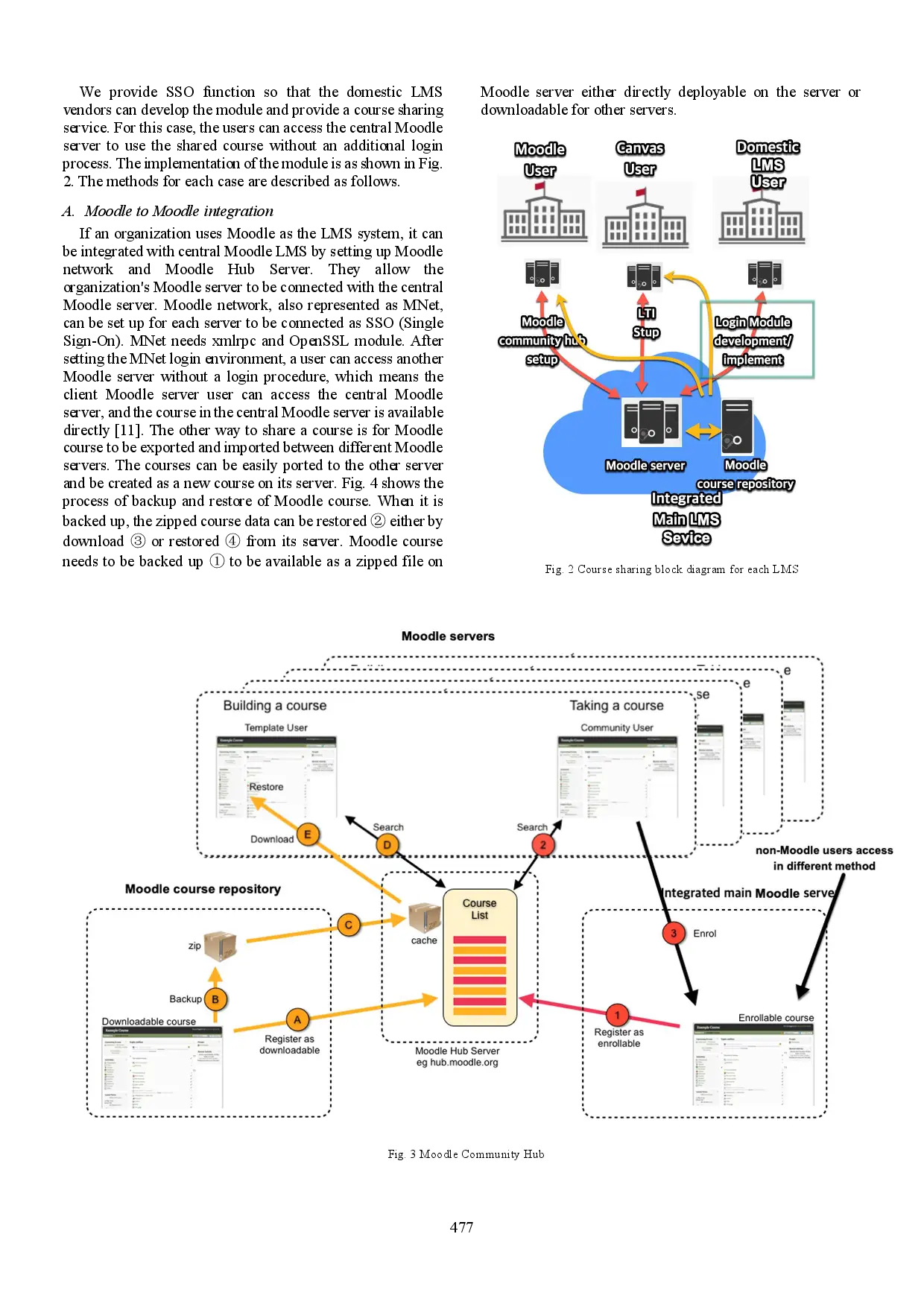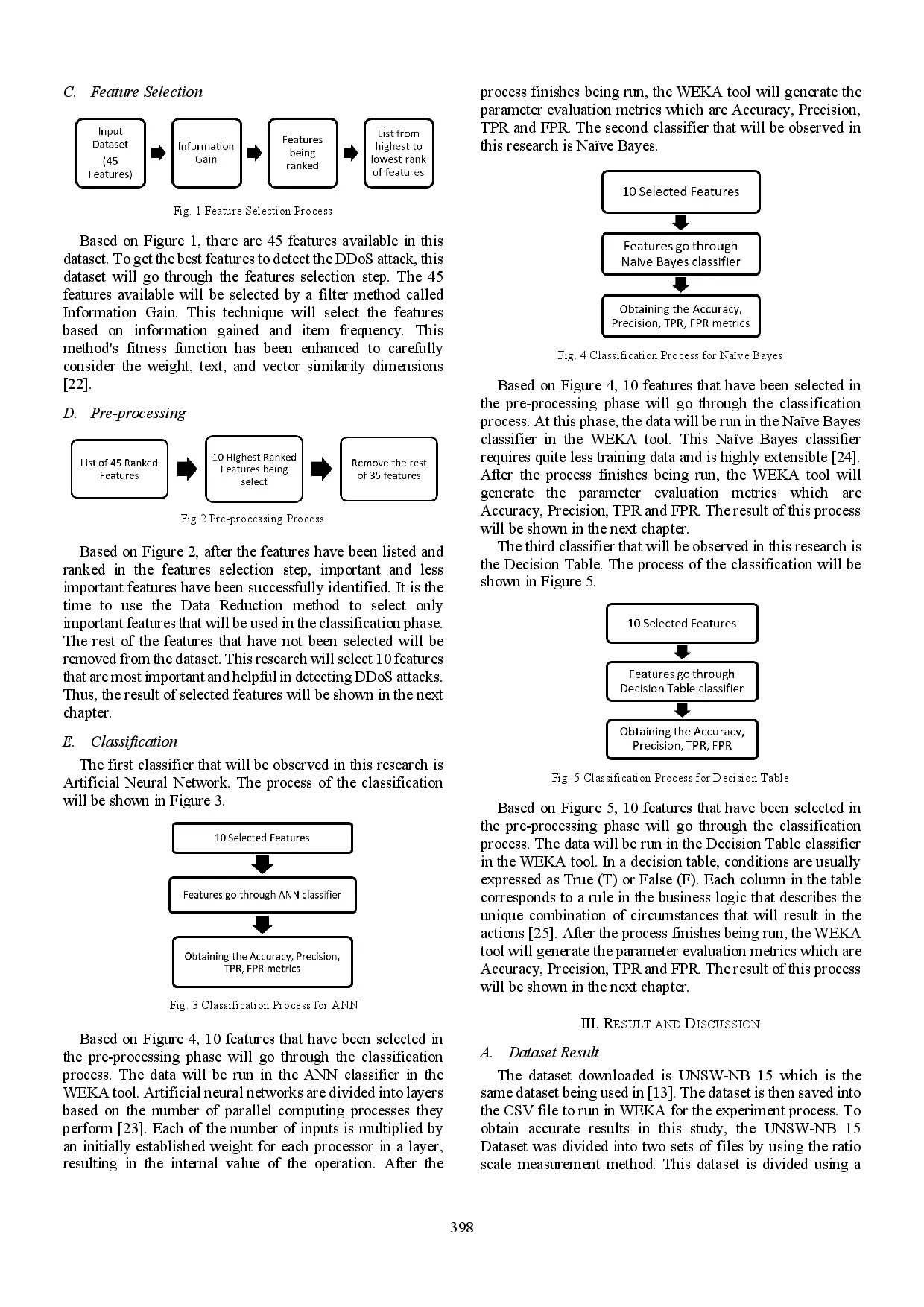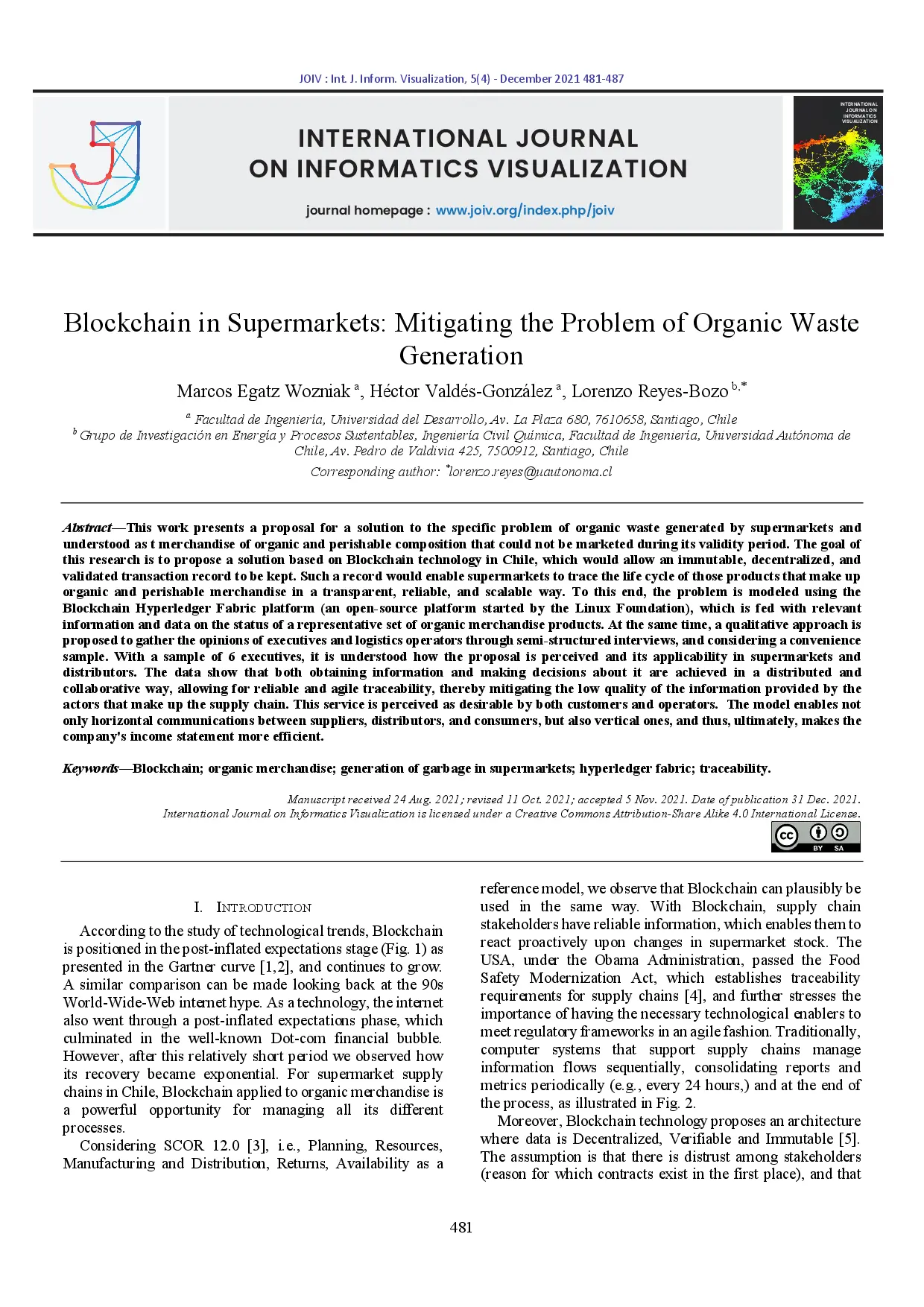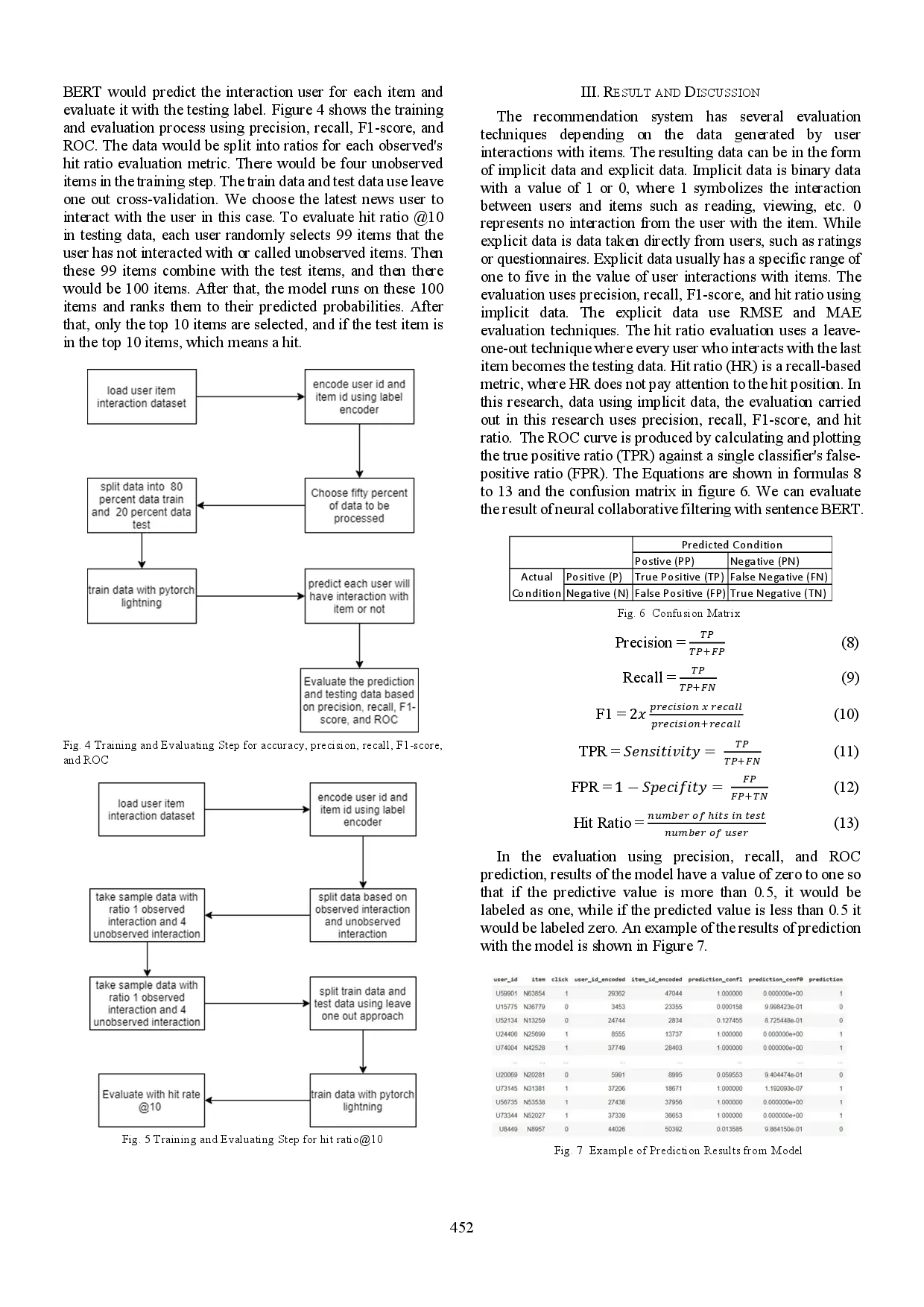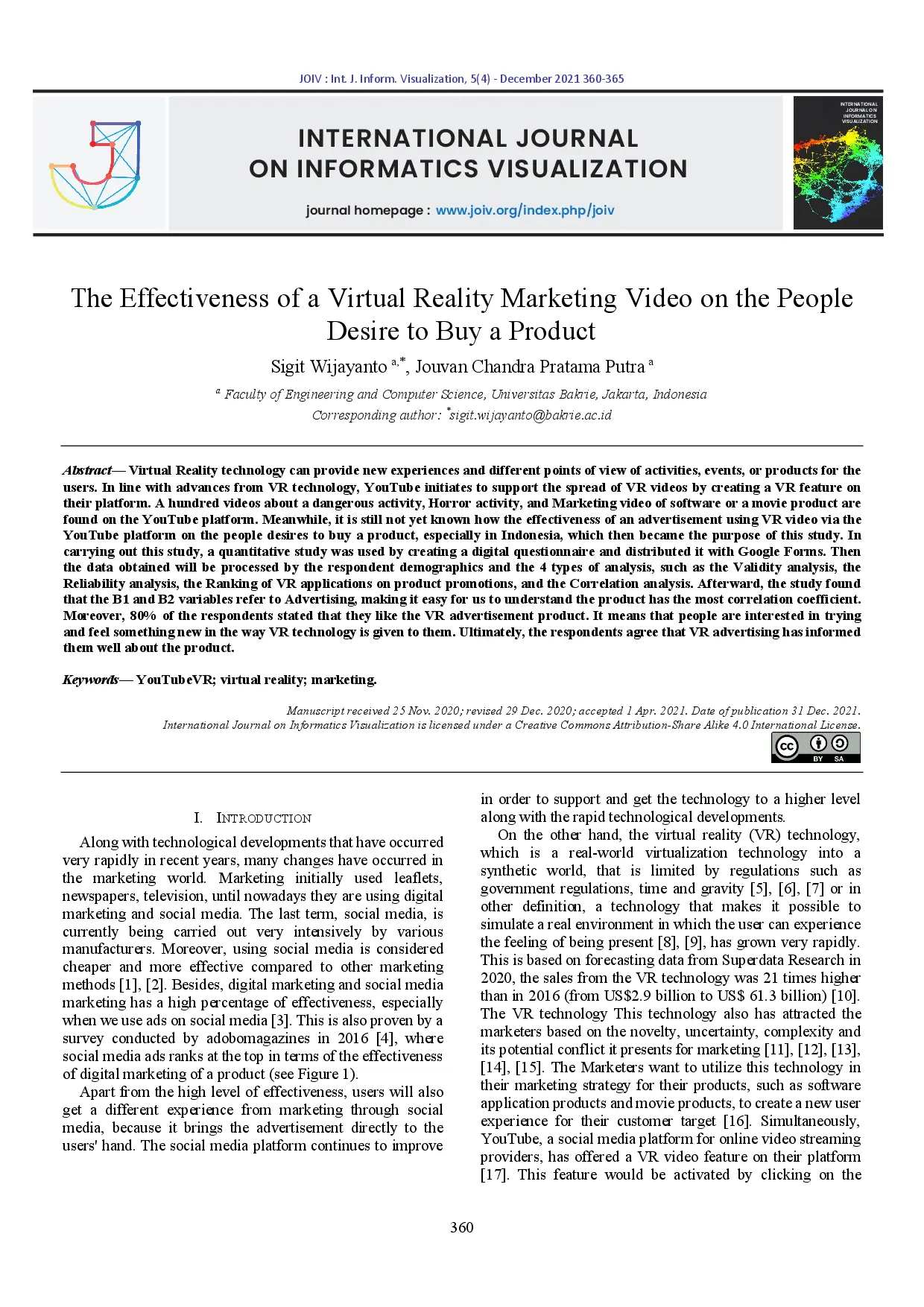JOIVJOIV
JOIV : International Journal on Informatics VisualizationJOIV : International Journal on Informatics VisualizationThe issues of modeling and evaluating the characteristics of the LTE data link layer functioning are considered. Transmitting packets in the data link layer are represented by a probabilistic-temporal graph consisting of two subgraphs. The first subgraph describes the operation of the HARQ protocol, and the second subgraph describes the operation of the ARQ protocol. The first subgraph is nested within the second subgraph. The probabilities of correct reception, non-error detection, and retransmission of packets in the MAC and RLC layers and generating functions of the packet service time based on the HARQ and ARQ protocols are determined. With the help of generating functions, the average value, variance, and coefficient of variation of the packet service time are determined. To calculate the average packet delay time in the LTE data link layer, the type of queuing system is selected, taking into account the coefficient of variation of the packet service time. The analysis of packets delay time in the networks data link layer is carried out for different values of the intensity of packet arrival and the probabilities of a bit error in the physical layer of the network. For the sustainable functioning of the data link layer of the network, the limit values of the intensity of the arrival of packets are determined for a given probability of a bit error in the physical layer of the network.
The research highlights the importance of considering the interconnection of HARQ, ARQ, and SCC mechanisms when analyzing the characteristics of the LTE data link layer.The quality of packet service is significantly influenced by the probability of bit error achieved through the SCC.The study demonstrates the necessity of selecting an appropriate queuing system model based on the distribution of packet service time to accurately estimate packet delay.The developed models enable the determination of probabilistic and temporal characteristics of HARQ-ARQ processes, taking into account the quality of the radio channel.
Further research should investigate the integration of SCC parameters into the developed models to optimize the selection of SCC parameters for achieving specific quality of service indicators. Additionally, exploring the impact of different radio channel models, beyond AWGN and Rayleigh, on packet delay and system performance would provide a more comprehensive understanding of the LTE data link layer. Finally, a study on adaptive HARQ schemes, dynamically adjusting parameters based on real-time channel conditions, could lead to improved throughput and reduced latency, particularly in challenging wireless environments. These investigations, building upon the current work, will contribute to the development of more robust and efficient wireless communication systems, enhancing the user experience and enabling new applications.
| File size | 3.6 MB |
| Pages | 7 |
| DMCA | ReportReport |
Related /
JOIVJOIV The integration of UAV with RGB digital camera were used to collect the data in the paddy field. Result shows that the early monitoring of rice crops isThe integration of UAV with RGB digital camera were used to collect the data in the paddy field. Result shows that the early monitoring of rice crops is
JOIVJOIV Hal ini memfasilitasi pertukaran kredit antar platform atau layanan yang berbeda. Ini juga memfasilitasi berbagi dan sirkulasi kursus. Karena LMS adalahHal ini memfasilitasi pertukaran kredit antar platform atau layanan yang berbeda. Ini juga memfasilitasi berbagi dan sirkulasi kursus. Karena LMS adalah
JOIVJOIV In recent years, the cases related to DDoS attacks have increased. Although previously there has been a lot of research on DDoS attacks, cases of DDoSIn recent years, the cases related to DDoS attacks have increased. Although previously there has been a lot of research on DDoS attacks, cases of DDoS
JOIVJOIV Tes penerimaan pengguna menggunakan Model Penerimaan Teknologi (TAM) dilakukan pada 30 siswa UTHM. Hasil menunjukkan lebih dari 50% responden berhasilTes penerimaan pengguna menggunakan Model Penerimaan Teknologi (TAM) dilakukan pada 30 siswa UTHM. Hasil menunjukkan lebih dari 50% responden berhasil
Useful /
JOIVJOIV Layanan ini diinginkan oleh kedua pelanggan dan operator. Studi ini menunjukkan bahwa melalui teknologi Blockchain, solusi pelacakan siklus hidup barangLayanan ini diinginkan oleh kedua pelanggan dan operator. Studi ini menunjukkan bahwa melalui teknologi Blockchain, solusi pelacakan siklus hidup barang
JOIVJOIV Sistem rekomendasi dapat mempermudah pengguna dalam memilih berita yang akan dibaca. Metode yang dapat digunakan untuk memberikan rekomendasi bagi penggunaSistem rekomendasi dapat mempermudah pengguna dalam memilih berita yang akan dibaca. Metode yang dapat digunakan untuk memberikan rekomendasi bagi pengguna
JOIVJOIV Aplikasi ini menggunakan Region-based Convolutional Neural Networks (R-CNN) untuk mengenali objek dalam modul pengenalan objek, dan memberikan umpan balikAplikasi ini menggunakan Region-based Convolutional Neural Networks (R-CNN) untuk mengenali objek dalam modul pengenalan objek, dan memberikan umpan balik
JOIVJOIV Penelitian ini membuktikan bahwa video pemasaran berbasis realitas virtual di YouTube efektif meningkatkan pengalaman pengguna sebelum memiliki produkPenelitian ini membuktikan bahwa video pemasaran berbasis realitas virtual di YouTube efektif meningkatkan pengalaman pengguna sebelum memiliki produk

